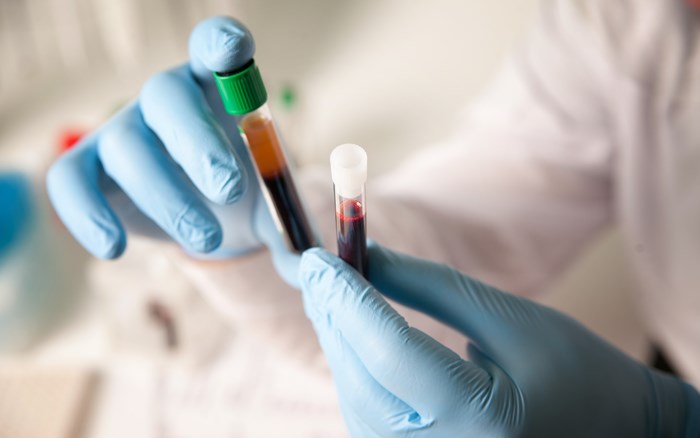
A new trial using umbilical cord blood stem cells will assess if they can treat cerebral palsy. The trial is being organised by the Royan Institute, the Tehran University of Medical Sciences, and the Iran Blood Transfusion Organization (IBTO).
The first phase of the trial will see 130 children between the ages of 5 to 13 receiving a transplant of umbilical cord blood stem cells to treat their condition. The treatment already has a good track record, with a smaller clinical trial already showing highly positive results.
Cerebral palsy refers to a number of conditions that affect the developing brains of babies. Its symptoms including difficulty moving, permanent shortening of the muscles, learning disabilities, difficulty talking, and muscle spasms.
Unfortunately, cerebral palsy is fairly common in Iran, with four children out of every 1,000 being born with the condition — about twice the rate of cerebral palsy in developed countries.
The IBTO is currently expanding their umbilical cord blood stem cells storage program to preserve as many valuable stem cell samples as possible. They will be capable of storing an estimated 100,000 umbilical cord blood stem cell samples.
Umbilical cord blood stem cells are already used to treat more than 80 different illnesses, including many forms of cancer, blood disorders, metabolic disorders, and immune system disorders. Researchers have spent the last few decades attempting to understand what other conditions can be treated with umbilical cord blood stem cells.
They have discovered that umbilical cord blood stem cells have less risk of Graft Versus Host Disease (GVHD). Because they are young cells, cord blood stem cells are also less likely to trigger an immune system rejection in the recipient — making it easier to find suitable stem cells for patients.


